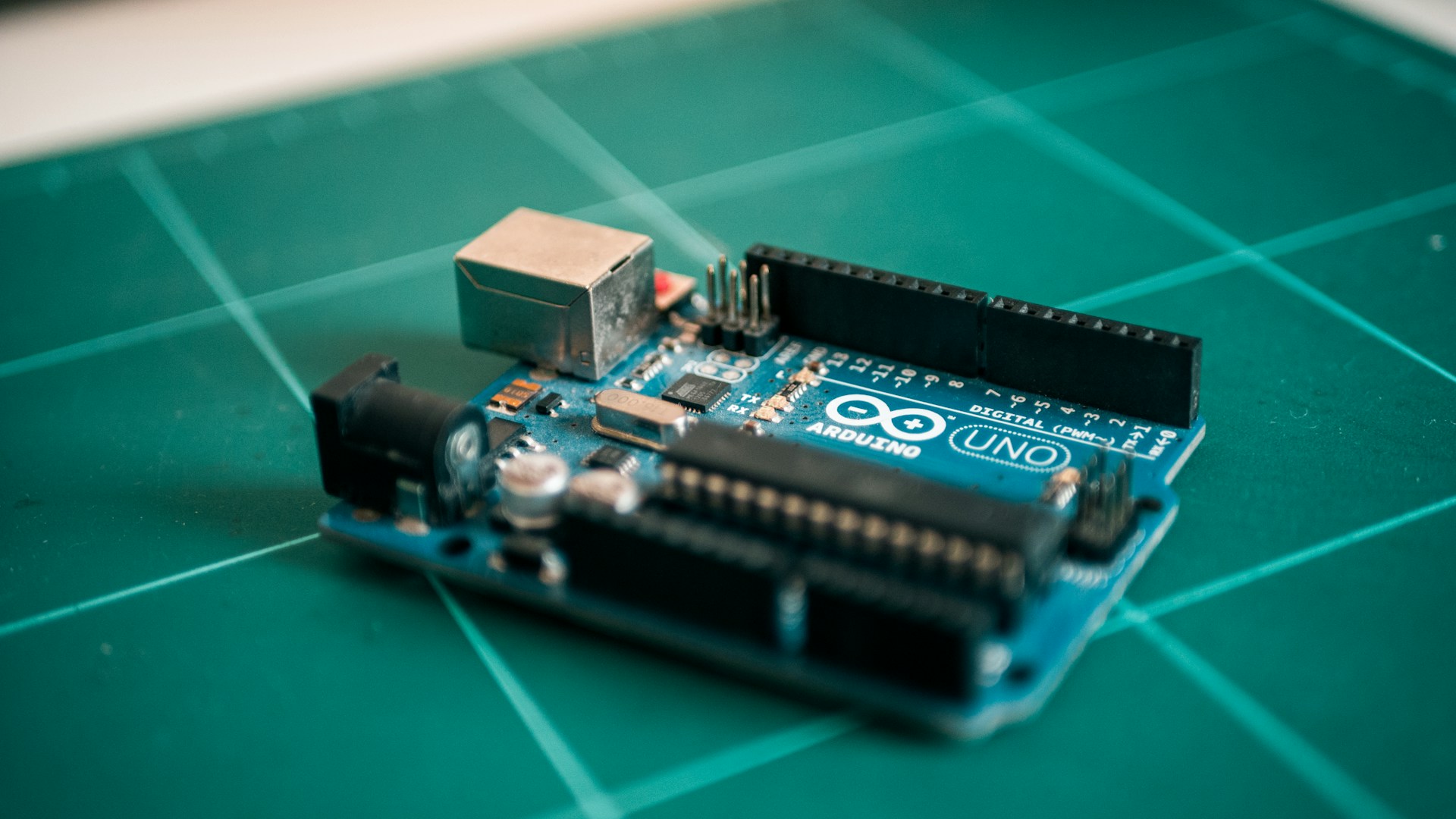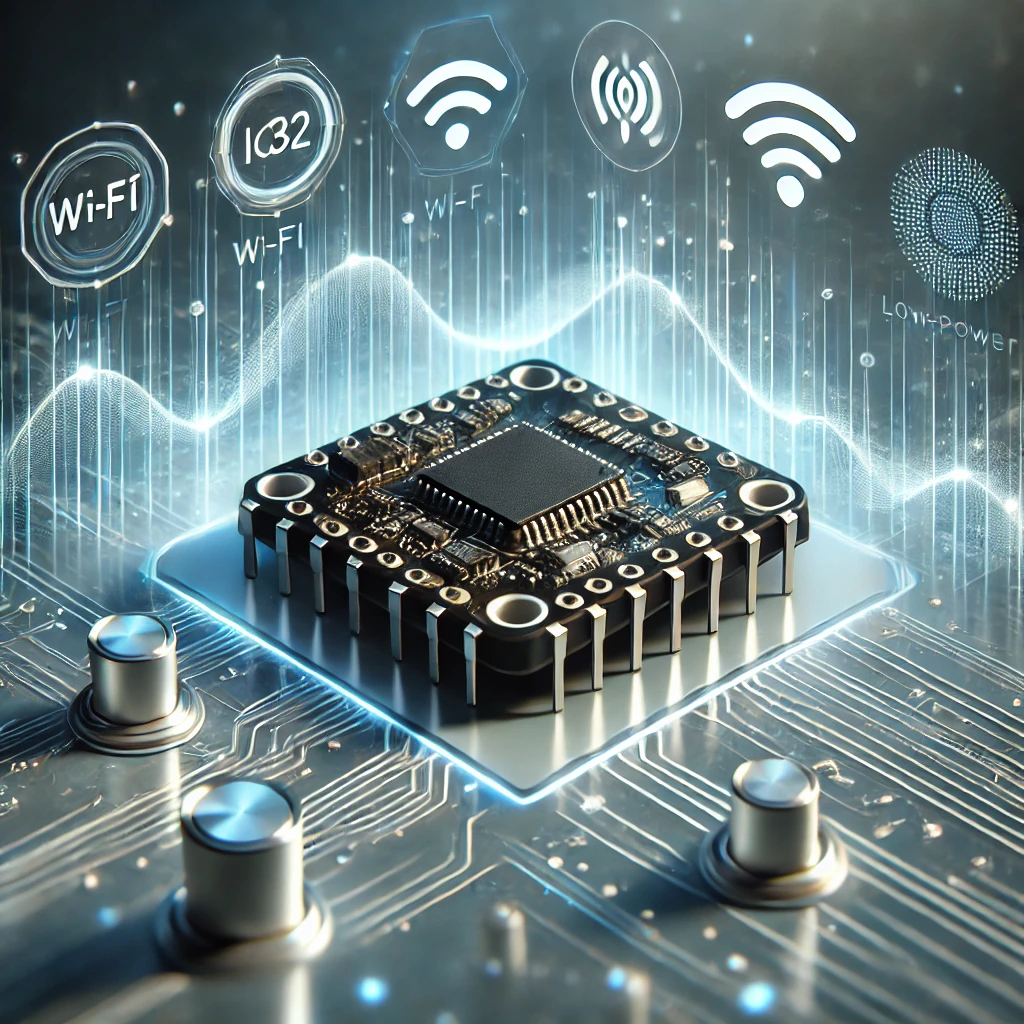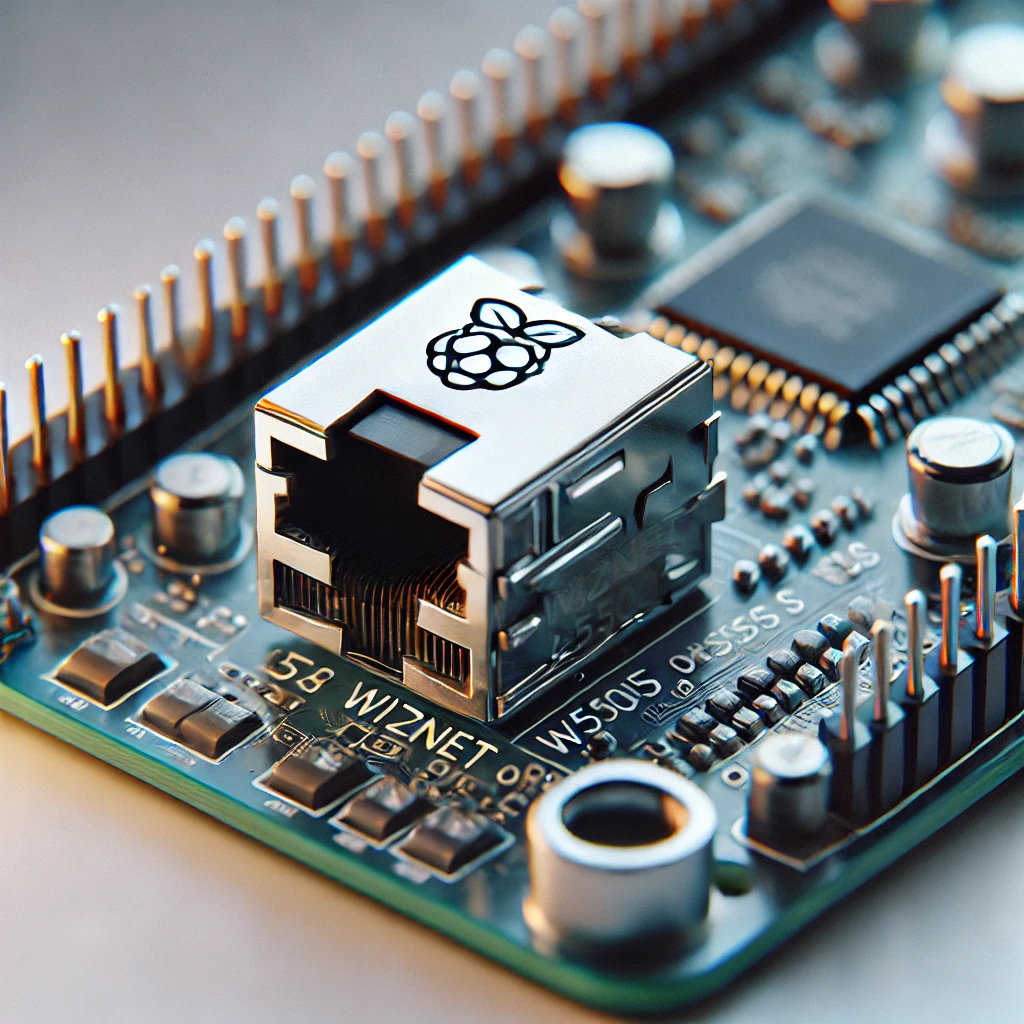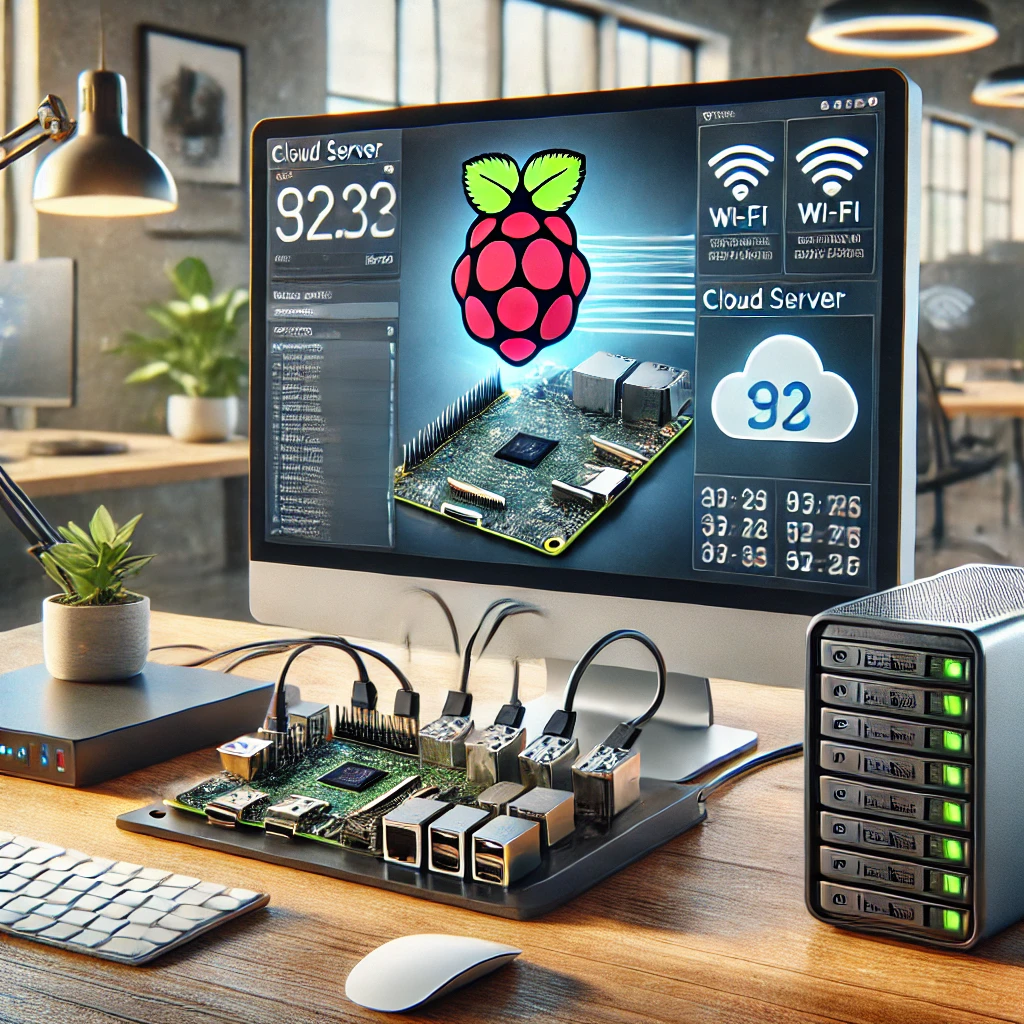When it comes to embarking on DIY electronics or programming projects, two names are often at the forefront: Arduino and Raspberry Pi. Both platforms have become cornerstone tools in the world of makers, hobbyists, students, and even professionals. Since their inception, both Arduino and Raspberry Pi have shaped the tech landscape in significant ways, with each catering to different types of projects and requirements. However, the communities behind these two platforms are what make them particularly compelling for those embarking on their own tech journeys.
In 2024, as technology continues to advance at a rapid pace, choosing the right platform can be a daunting task, especially when both Arduino and Raspberry Pi offer such unique capabilities. Do you want to build a simple sensor-based application or a real-time control system? Or are you looking to create a full-fledged multimedia project or dive into machine learning? Your project’s scope, complexity, and your skill level will determine which platform—and community—best suits your needs.
This article will explore the major differences between Arduino and Raspberry Pi, examining the benefits and drawbacks of each platform, what their communities have to offer, and which might be the better fit for your next big project.
Understanding the Basics
What is Arduino?
Arduino, since its introduction in 2005, has become a go-to platform for hobbyists, educators, and innovators alike. At its core, Arduino is a microcontroller-based platform designed for creating hardware-focused projects. Unlike a typical computer, Arduino doesn’t run an operating system; rather, it’s programmed to execute specific tasks that interact with the physical world—such as reading sensors, activating motors, or controlling lights.
One of the key reasons for Arduino’s widespread use is its simplicity. Arduino is designed to be accessible, with an intuitive programming environment and a variety of easy-to-use hardware options. The Arduino IDE (Integrated Development Environment) allows users to write, compile, and upload code to the microcontroller, which then performs the defined functions.
In 2024, Arduino has grown significantly with new offerings like the Arduino Pro, Nano ESP32, and more. These new boards are tailored for Internet of Things (IoT) applications and provide more power and wireless capabilities. Arduino’s hardware is highly modular, so users can integrate additional shields (add-ons that extend the board’s functionality) such as motor controllers, GPS, or Bluetooth modules to enhance their projects. The platform has also evolved to support a broader array of communication standards, including Wi-Fi, Ethernet, and even LoRa.
While simple enough for beginners, Arduino can also be employed in more advanced applications, such as robotics and embedded systems, making it a versatile tool in the maker ecosystem.
What is Raspberry Pi?
On the other hand, Raspberry Pi is a single-board computer capable of running a full operating system, typically Raspberry Pi OS (formerly known as Raspbian), which is based on the Linux kernel. This makes it distinct from Arduino, as Raspberry Pi is not just a microcontroller but a computer that can handle full-scale computational tasks. Raspberry Pi provides users with the ability to create projects that require a combination of software and hardware capabilities.
Raspberry Pi’s capabilities make it suitable for tasks like media streaming, web hosting, gaming, and even machine learning. With its built-in support for peripherals like HDMI, USB devices, cameras, and audio outputs, it’s a much more versatile platform for handling multimedia projects and software-driven applications.
The Raspberry Pi has evolved dramatically in recent years. The latest version, the Raspberry Pi 5, released in 2024, features substantial upgrades. These include faster CPU performance, a more powerful GPU, enhanced memory handling, and better I/O capabilities. Raspberry Pi now supports more demanding applications, including AI-driven tasks and edge computing, making it a powerful contender for both hobbyists and professionals looking to explore complex software development and multimedia systems.
Community Comparison: Arduino vs. Raspberry Pi
Size and Activity
The community around both Arduino and Raspberry Pi is one of their greatest strengths, providing ample support, ideas, and collaboration opportunities. However, the size, focus, and activity levels of these communities vary.
- Arduino Community:
The Arduino community has been around for over a decade and remains one of the most robust communities for hardware enthusiasts. Its focus is on simple, hands-on projects, which makes it a natural fit for students and beginners. The Arduino community is active on forums like Arduino.cc, where users can ask questions, share their projects, and receive feedback from experienced makers. You can find detailed project guides, resources, and troubleshooting help for everything from lighting up an LED to building a full-fledged robot.
One of the core values of the Arduino community is its open-source nature. As a result, there are thousands of tutorials, code libraries, and design files available to help users get started. Additionally, the active participation of educators in the community has helped maintain Arduino’s reputation as a gateway platform for learning about electronics and programming.
- Raspberry Pi Community:
While Raspberry Pi’s community is larger than Arduino’s, it is also more diverse. The community encompasses a wider range of expertise levels, with many members engaging in complex software-related tasks such as web development, home automation, and AI projects. Raspberry Pi enthusiasts gather on forums like Raspberry Pi Stack Exchange, Raspberry Pi Reddit, and various online groups to share project ideas, get technical support, and discuss new developments.
Raspberry Pi’s versatility has attracted a wide variety of people, including professional developers, educators, and hobbyists. The rise in the use of Raspberry Pi for advanced computing tasks has contributed to the growth of specialized sub-communities dedicated to machine learning, AI, and cloud computing.
Both communities are highly active in 2024, driven by the increasing accessibility of both platforms and the rise in educational programs that incorporate them into curricula.
Documentation and Tutorials
When it comes to documentation, both Arduino and Raspberry Pi provide extensive resources to guide users through their projects, but the style and complexity of these resources differ.
- Arduino Documentation:
Arduino’s official website offers a wealth of tutorials that focus on simple projects. The tutorials are usually accompanied by step-by-step instructions, code snippets, and circuit diagrams, making it easy for users to follow along. The simplicity of the Arduino ecosystem makes it ideal for beginners, and the majority of the tutorials are accessible even for people with no prior experience in programming or electronics.
The Arduino IDE itself is designed to be straightforward, with built-in functions and libraries that simplify coding. There is also a rich selection of libraries that allow you to interface with different components, such as temperature sensors, motors, or displays, without needing to write low-level code.
- Raspberry Pi Documentation:
Raspberry Pi’s tutorials are more focused on advanced tasks, such as building a media center, setting up a web server, or creating machine learning applications. While Raspberry Pi provides a beginner’s guide to setting up the hardware and installing Raspberry Pi OS, many tutorials require the user to have some familiarity with programming and Linux-based systems.
Given the platform’s more complex nature, Raspberry Pi’s tutorials often dive deeper into topics like network configuration, system administration, and handling complex data flows. However, Raspberry Pi’s official website and community members regularly provide helpful resources, with both basic and advanced guides, making the platform accessible to beginners while also catering to more advanced users.
Support for Beginners
The level of support available to beginners varies between Arduino and Raspberry Pi.
- Arduino for Beginners:
Arduino is well-known for its ease of use, especially when it comes to creating physical projects. Its simple, easy-to-follow IDE and abundance of tutorials make it an excellent choice for people new to electronics and programming. It doesn’t require the user to learn a full operating system or worry about multitasking, so beginners can focus entirely on programming small, standalone applications.
Many beginner-level tutorials use real-world examples like controlling LEDs, building traffic lights, or creating a simple robot, which makes learning fun and intuitive. There are even online simulators, such as Tinkercad, which allow users to experiment with Arduino projects without needing to buy hardware right away.
- Raspberry Pi for Beginners:
Raspberry Pi, while accessible to beginners, can be more complex due to its dual focus on software and hardware. Beginners will need to become familiar with Linux-based systems, setting up operating systems, and managing file systems. However, the Raspberry Pi Foundation has made strides in 2024 to simplify the user experience by offering pre-configured images for common projects like home media centers, retro gaming consoles, and educational programming environments.
Raspberry Pi’s official website and forums also provide a wealth of beginner-friendly tutorials, many of which are easy to follow for newcomers. There are also books, courses, and kits available to guide users step-by-step through projects. Despite the steeper learning curve compared to Arduino, the Raspberry Pi community is incredibly supportive, with a strong focus on helping new users understand both hardware and software.
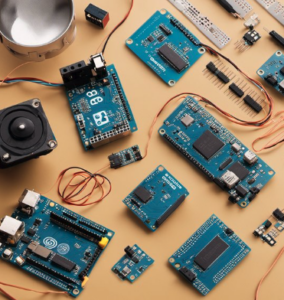
Project Compatibility
Best-Suited for Arduino
Arduino is best for projects that require a high level of interaction with the physical world. It excels in real-time applications where sensors need to be read, and actuators need to be controlled. Arduino’s low processing power means it’s better suited for simpler tasks, such as:
- IoT Devices: Arduino is frequently used for creating smart home devices like temperature sensors, light switches, and motion detectors.
- Simple Robots: Whether you’re building a line-following robot or a drone, Arduino is often the controller of choice due to its real-time control capabilities.
- Wearables: Arduino’s low power consumption makes it ideal for wearable devices like health trackers and fitness bands.
Arduino’s straightforward nature also makes it suitable for educational purposes, allowing students to learn the fundamentals of electronics and programming through hands-on projects.
Best-Suited for Raspberry Pi
Raspberry Pi, with its more powerful computational abilities, is ideal for projects that require more processing power and multitasking capabilities. Some of the best uses for Raspberry Pi include:
- Media Centers: Raspberry Pi can run software like Kodi or Plex, making it an excellent choice for home theater systems and media streaming applications.
- Retro Gaming Consoles: Raspberry Pi is perfect for building emulators that run classic video game consoles, including Nintendo, Sega, and PlayStation games.
- AI and Machine Learning Projects: Raspberry Pi can handle tasks related to AI and machine learning, especially with the added power of Raspberry Pi 5, which includes support for neural networks and data processing.
Raspberry Pi’s ability to run a full operating system allows users to multitask, making it suitable for projects requiring multiple software environments or the integration of external systems.
Hardware Ecosystems
Both Arduino and Raspberry Pi support a wide array of hardware add-ons, but the types of add-ons differ to suit their respective strengths.
-
Arduino Hardware Ecosystem:
Arduino has a rich ecosystem of shields and components designed for enhancing hardware capabilities. These include motor controllers, sensors, displays, and communication modules like Bluetooth, ZigBee, and LoRa. These add-ons make Arduino a powerful tool for building embedded systems and hardware-based IoT devices. -
Raspberry Pi Hardware Ecosystem:
Raspberry Pi’s ecosystem is more expansive in terms of multimedia and peripheral support. Raspberry Pi supports camera modules, displays, and touchscreens, along with the ability to interface with USB devices like keyboards, mice, and game controllers. In addition, Raspberry Pi supports HATs (Hardware Attached on Top), such as the Sense HAT, which provides environmental sensors, and the PiCamera, which allows for high-definition video recording.
Raspberry Pi’s expanded connectivity options and multimedia compatibility make it more suitable for applications that require high-level peripherals, such as video processing or networking.
Software Ecosystems
Both platforms have dedicated software environments that support their respective capabilities.
-
Arduino Software Ecosystem:
The Arduino IDE is simple, lightweight, and intuitive. It supports a variety of programming languages like C and C++, but its design is meant for ease of use. The Arduino community has also developed libraries to support a variety of sensors, displays, and communication systems. -
Raspberry Pi Software Ecosystem:
Raspberry Pi’s software ecosystem is much more extensive, owing to its ability to run a full operating system. Raspberry Pi OS supports a range of programming languages including Python, C++, Java, and even Node.js. The platform also supports a wide range of third-party software, including web browsers, IDEs for Python and Java, and multimedia software for audio and video.
Which Community is Right for Your Project?
In 2024, both the Arduino and Raspberry Pi communities continue to thrive, offering immense resources for DIY enthusiasts, students, and professionals alike. While both platforms offer exciting opportunities, the choice between Arduino and Raspberry Pi comes down to the type of project you’re planning.
If you’re looking to dive into embedded systems or simpler, hardware-focused projects that interact with the physical world, Arduino is likely the better choice. It offers a straightforward, user-friendly approach to building sensors, motors, and simple devices. The Arduino community is highly active, making it a great resource for beginners who want to learn the ropes of electronics.
On the other hand, if you’re looking for more computational power and plan to work on software-driven projects, multimedia, or even AI, Raspberry Pi may be more appropriate. Raspberry Pi’s community is incredibly diverse and offers a wealth of knowledge on handling complex tasks like web hosting, robotics, and machine learning. The Raspberry Pi ecosystem is ideal for developers and makers interested in full-scale computing alongside hardware interfacing.
Ultimately, both Arduino and Raspberry Pi have their places in the world of electronics, and it’s up to you to choose which platform aligns with your project’s needs. By joining their respective communities, you can benefit from a wealth of tutorials, shared projects, and ongoing innovation to guide your creative ventures.
Feel free to check out our other website at http://master3dp.com/ where you can learn to 3D print anything needed for a project.

